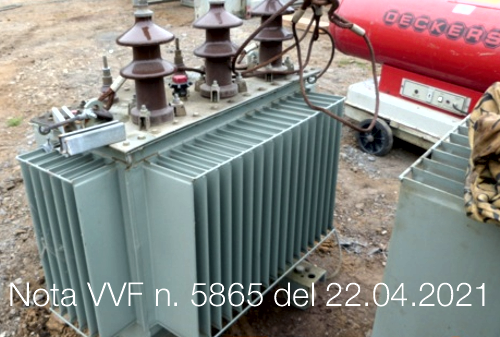Informazione tecnica HSE / 25 ° anno
/ Documenti disponibili:
45.653
/ Documenti scaricati: 34.690.685
/ Documenti scaricati: 34.690.685
This Guideline is concerned with fire safety in schools, new and existing. In these activities, there is a great variety in the age of occupants and in their awareness concerning the exact characteristics of the spaces that they occupy.
Most European countries have national or local codes concerning the fire safety of schools, but the legislation can be very different between countries.The intention of this Guideline is to provide a common basis for the fire safety of all schools in all European countries, excluding nurseries and schools with smallnumbersof people. Dormitories and student residences are not covered by this Guideline.
This guideline is primarily intended for those responsible for fire safety in schools. It is also addressed to the rescue services, consultants, safety companies and others who, in course of their work, may be able to help to increase the level of fire safety in schools.2ScopeThis guideline addresses the fire safety issues of schools, as indicated in the definitions.
The aim of this guideline is to provide school managers and safety consultantswithsome basic principles indicating the process to improvethe fire safety of schools, new and existing.
Due to the great number of existing schools, the measures contained in this document are easy to implement.
This means that new schools could easily implementahigher level of safety than those indicated in the present guideline.In general, new schools and the new buildings extending existing schools should apply the Guideline entirely.
Existing schools are sometimesinold or historical buildings; in thesecases, it can be difficult to apply some or all of the recommendationsof this Guideline.It may be necessary and appropriate to appoint a qualified fire engineer to carry out a more advanced risk assessment.Schools can vary a great deal in dimensions, number of people, age of students, the ability of students to take care of themselves without help, age of the buildings, etc.
In some cases, schools can include dormitories, kitchens, laboratories, and rooms or buildings where different activities take place.
Therefore, in addition to what is indicated in this guideline, in some cases it maybe necessary or appropriate to appoint a qualified fire engineer to carry out a more advanced risk assessment.
The fire risk assessment must take into account the fire resistance of load-bearing structure and compartmentation, the access routes of emergency vehicles, the conformity of different technical equipment, the maintenance of the whole structure, etc..
This guideline does not apply to:
- Nurseries;
- Schools with less than 30 people presentat one time;
- Training events that occurcompletely outdoors.
The objectives of this Guideline are:
- Reduce the probability of a fire, or even avoid the possibility of a fire;
- Reduce, in case of fire, the consequences of the fire on people and on properties;
- Guarantee the maximum possible safety for people;
-Reduce the intervention by external Fire fighters and assure the maximum possible safety for Fire fighters in case of intervention.
...
Add more in attachment
Collegati

Oggetto: Macchine elettriche all’aperto all’interno di un’area elettrica chiusa recintata / Metodologia per la determinazione della capacità complessiva del contenuto di...

ID 15080 | 02.12.2021
Modifiche all'allegato 1 del decreto del Ministro dell'interno del 3 agosto 2015, con...

ID 21474 | 10.03.2024 / In allegato
Slide formazione casi pratici di applicazione del Minicodice di Prevenzione...
Testata editoriale iscritta al n. 22/2024 del registro periodici della cancelleria del Tribunale di Perugia in data 19.11.2024